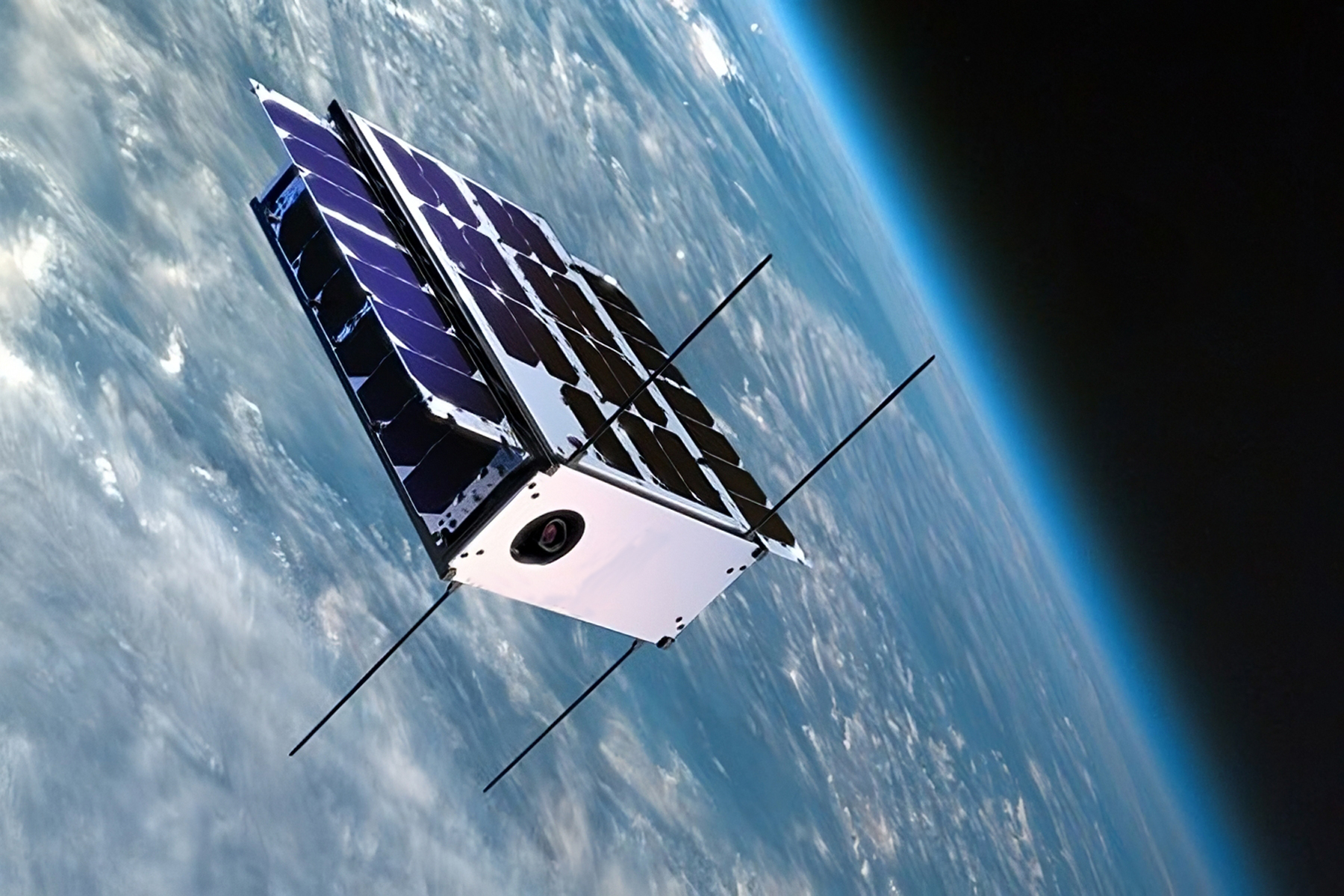SpaceX recently made a significant milestone with the successful launch of a groundbreaking satellite into low Earth orbit (LEO), utilizing the cutting-edge 5G cellular standard.
This satellite, codenamed “The GroundConnector,” is a compact data relay weighing approximately 22 pounds (10 kilograms). It represents the initial step in a constellation of more than 250 satellites, all aimed at establishing seamless communication with terrestrial cell towers and bridging data network gaps on a global scale.
The launch occurred on April 15 from SpaceX’s renowned Vandenberg Space Force Base in California. The ambitious project is led by Sateliot, a company based in Barcelona responsible for both The GroundConnector and the Sateliot_X constellation network. Sateliot envisions this innovative technology as a key enabler for universal access to the Internet of Things (IoT).
What is Sateliot?
Sateliot is a Spanish satellite communications company that aims to provide global Internet of Things (IoT) connectivity through its dedicated satellite constellation.
The company’s goal is to bridge the digital divide by offering reliable and ubiquitous connectivity for various industries and applications, especially in remote and underserved areas where traditional terrestrial networks are unavailable or impractical.
This is great news for the telematics industry as it helps to connectivity with existing terrestrial networks (ie your typical LTE 4G 5G networks), allowing a smooth transition for IoT devices to connect to the internet via the most suitable and available network (satellite or terrestrial) based on their location.
Sateliots Future Plans
Sateliot aims to deploy a constellation of over 250 spacecraft, with The GroundBreaker serving as the pioneer. These satellites are designed to establish seamless communication with terrestrial cell towers, filling gaps in global data networks and bringing high-speed internet connectivity to the Internet of Things (IoT) on a global scale.
The recent launch, carried out by a Falcon 9 rocket from SpaceX’s Vandenberg Space Force Base in California, paves the way for merging cellular terrestrial telecom with satellite connectivity. Sateliot envisions a future where the IoT can effortlessly switch between terrestrial and non-terrestrial 5G networks without requiring additional hardware, such as antennas or modems. This innovative approach also allows users to retain their existing SIM cards and mobile operators through standard roaming agreements facilitated by Sateliot.
The implications of this technology are vast, with Sateliot targeting an 85 percent improvement in mobile connectivity worldwide. They foresee applications across various sectors, including road, rail, air, and sea transportation, where this groundbreaking connectivity could enhance efficiency and revolutionize numerous industries.
As the constellation expands, each satellite will complete an orbit around the Earth approximately every 90 minutes, covering areas three times the size of Texas. Sateliot’s ambition to connect the IoT through ground and orbital cellular relays offers tremendous potential for the widespread adoption of connected devices, fostering a truly global Internet of Things network.”
TLDR
An LTE device will be able to transition from land-based cell towers (4G/5G) to Satellite connectivity to cover any cell tower black spots.
Looking to the future
Now that we’ve seen some innovation on the infrastructure front, let’s hope that the hardware market can quickly keep up. We hope to see some new hardware released that can utilize this technology.
That’s not to say the devices don’t already exist, but I have only been able to find 4G NB-IoT devices from chinese manufacturers.


